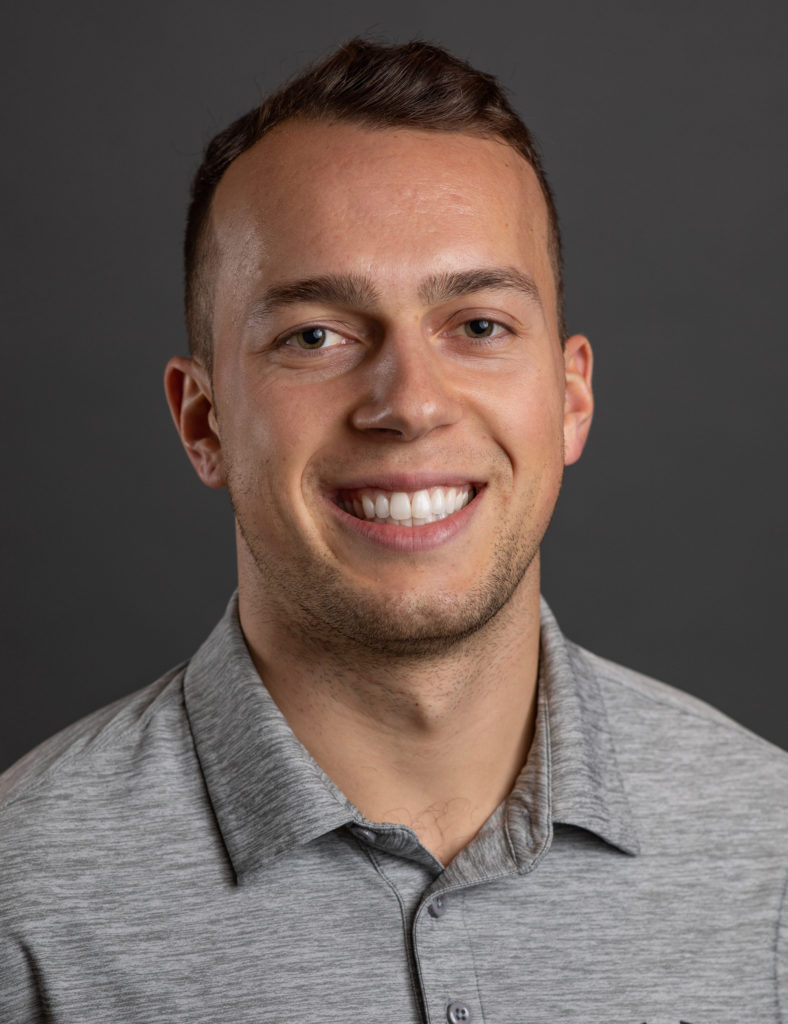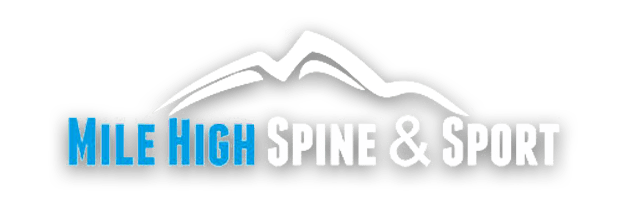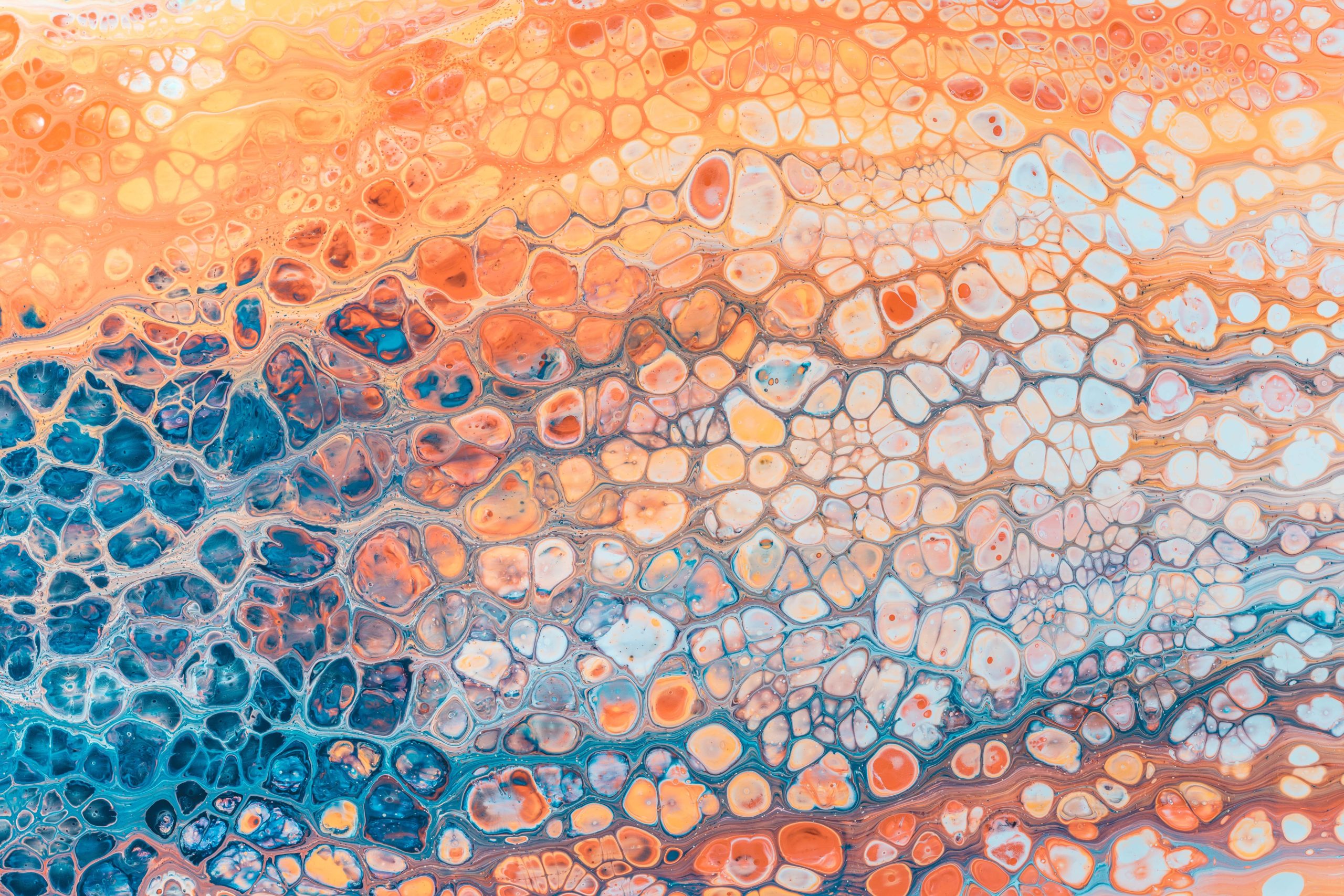I am excited to start off a new year of patient care in 2024 as we have two new equipment devices at the office. Both of these treatment techniques will improve patient outcomes and help with more complex injuries that previously may have required surgery. The first is called focused shockwave, a physiotherapy device emitting radial acoustic waves into injured tissues with a variety of positive treatment results. Conditions such as patellar tendinitis, achilles tendinitis, plantar fasciitis, golfer’s and tennis elbow, rotator cuff tendinopathies, and Osgood Schlatter disease respond exceptionally well to shockwave treatments. We have also seen favorable results with more serious pathologies such as knee meniscus, hip labrum, and disc herniation derived pain syndromes. The second device is called Stimpod NMS 460, a type of transcutaneous peripheral nerve stimulator helping to treat patients with neuropathy. Neuropathy refers to damage, disease, or dysfunction of one or more nerves especially in the peripheral nervous system. Neuropathies include conditions such as sciatica, Bell’s palsy (facial paralysis), trigeminal neuralgia (facial pain), thoracic outlet syndrome, and even muscle activation issues such as drop foot.
Regenerative Orthopedics
With the widespread use of regenerative therapies such as prolotherapy, platelet rich plasma (PRP), stem cell therapy, and new physiotherapy devices such as shockwave, stimpod, and low level laser therapy (red light), patients now have more options than ever to treat orthopedic conditions with conservative, non surgical treatment approaches. The term for these treatments is regenerative orthopedics, which refers to leveraging the body’s own cells and physiologic processes to create an optimal environment for healing. An example of this is platelet rich plasma (PRP) which involves a doctor drawing blood from the patient, spinning it down in a centrifuge, then reinjecting the concentrated platelets into the injured tissue such as a torn rotator cuff tendon. The idea is the concentrated platelets are rich in healing growth factors which will cause an amplified healing response in the damaged tissue.

Extracorporeal Shockwave Therapy (ESWT)
While chiropractors cannot do stem cell therapies and PRP, we can perform shockwave therapy which is an excellent option for patients looking for regenerative orthopedics at a fraction of the cost. Via a process called mechanotransduction, the shockwave machine emits radial acoustic waves promoting healing at the cellular level, also causing a regenerative effect on tissues via stem cell migration, proliferation, and differentiation¹. While shockwave doesn’t inject stem cells into the injured area, it will cause an upregulation of the local stem cells already in the injured tissue, which can bestow some of the same benefits of stem cell injection therapy. Other beneficial outcomes of shockwave include neovascularization (new blood vessel formation), increased collagen synthesis, as well as decreased pain and inflammation.
Does Shockwave Therapy Hurt?
Despite a somewhat intimidating name, shockwave therapy is a very comfortable treatment to receive. Once the doctor effectively locates the tissue with the acoustic waves, you will begin to feel a deep dull achy sensation in the area. The deep dull ache lets you know the treatment is working and all of the benefits described above are happening. Most of the time we want our patients around a 3 to 4 out of 10 on an intensity scale. The shockwave machine is highly customizable for each patient’s tolerance and you can work with your doctor to find the intensity and depth that is both comfortable and effective.
How Many Visits Does it Take?
Most patients notice significant relief after just one treatment. We recommend patients do not aggressively load the treatment area with exercise for 48 hours since there is a higher risk of reinjury directly after the treatment. Since shockwave is a regenerative therapy, some of the longer lasting benefits may take 4-8 visits to fully occur. Most patients receive 4-8 treatments over 4-6 weeks to see maximum improvement. Patients who smoke, have diabetes, or are older may need more treatments to experience the same improvements. It is important to avoid doing shockwave therapies over growth plates in children, areas of acute infection, regions where malignant cancer may be present, and directly over a pacemaker. If you want to learn more about shockwave therapy, follow this link to a video description of the treatment.
Stimpod NMS 460
The other new device I am excited about is the stimpod peripheral nerve stimulator. The stimpod is a highly specific form of transcutaneous electrical nerve stimulation (TENS). You may have used a TENS machine for pain relief in the past by putting sticky pads onto the skin over the areas hurting. The stimpod emits similar electrical impulses but in a much more focused manner. I can place the tip of the stimpod directly onto one of the patient’s peripheral nerves, causing both motor (muscle activation) and sensory (skin sensation) responses. Treatments usually last 10 minutes and can help patients with chronic pain. You can think of stimpod as a neurologic reset, because for many patients with chronic pain their nerves are overactive and transmitting pain signals when they should not be. The stimpod can also help patients with weakness in their muscles due to nerve issues, one example being a patient with sciatica who has drop foot, an inability to lift the ankle and toes during gait resulting in a dragging of the foot while it is in swing phase. Function of these muscles is controlled by the deep peroneal nerve, a branch of the sciatic nerve which can be effectively treated using the stimpod therapy.
Whatever condition you are dealing with, there are more non surgical options than ever to help you get out of pain. The field of regenerative orthopedics is constantly expanding and we are doing our best to provide these incredible treatments for our patients. You no longer need to live with chronic pain because the future of orthopedics is now.
Post written by Dr. Riley Kulm, DC. Check out Dr. Riley Kulm’s bio here.

References
- d’Agostino, M. C., Craig, K., Tibalt, E., & Respizzi, S. (2015). Shock wave as biological therapeutic tool: From mechanical stimulation to recovery and healing, through mechanotransduction. International Journal of Surgery, 24, 147–153. https://doi.org/10.1016/j.ijsu.2015.11.030

